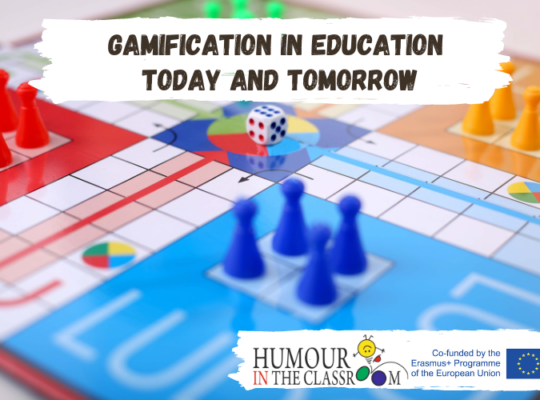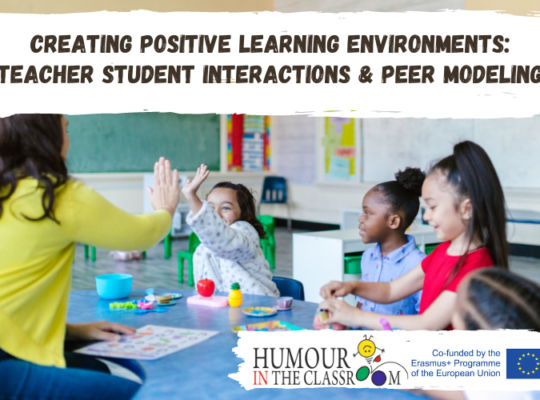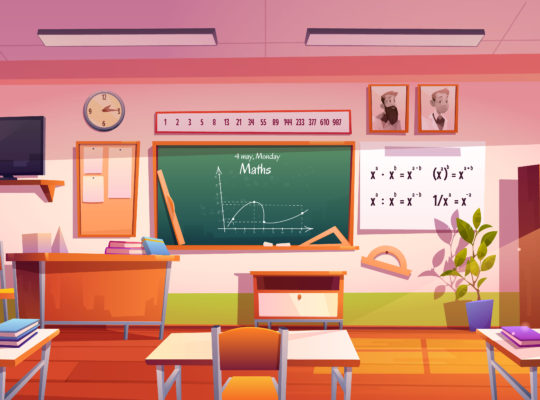Research indicates that using drama in the classroom as a means of teaching helps students learn academically, socially, and developmentally. “The use of drama as a tool for teaching is not new. Historically, both drama and theatre have long been recognized as potent means of education and indoctrination. The ways they are used today, however, are new, and they differ in a number of respects from the ways they have been used in the past” (McCaslin 271). Arts advocates and educators have recently started to explore the use of drama as an integrated way of learning the curriculum.
Putting on plays for an audience is not what is meant by using drama in the classroom. The goal is not to teach acting and performance skills. The goal is to teach the core curricular areas using drama. Betty Jane Wagner, an internationally recognized authority on composition instruction and the educational uses of drama, states of the purpose of role play, “The role playing is improvisational, not scripted and memorized to present a performance for an audience. The emphasis is on drama as an intentional teaching strategy to enhance learning in a particular curricular area”. There are many ways in which drama can be integrated into the elementary classroom. Drama can be a way to teach all subject areas. Language arts, social studies, and science are subject areas, which are very successful in using drama. “It is particularly effective in making a historical event come alive for students,” says Wagner.
A real life example seems to be the best way to illustrate how drama can be used in the classroom. When I student taught a second grade class last year, one of the required benchmarks to meet was to teach about Thanksgiving. Instead of telling the students about Thanksgiving, I let them be the teachers. I assigned them each to a group, which would cover a specific topic of Thanksgiving. (Mayflower, Pilgrims, Native Americans, feast) I told the class that their group was to choose some way to teach the class about their topic. Without influencing their decisions, I noticed that every one of the groups chose to use role play to teach their classmates. It was an immediate, unanimous decision made by all groups to use drama to teach the class. This told me that children most definitely love using drama to learn.
On the day they were to teach, it was amazing to see the students in role. They really imagined themselves back in time to the first Thanksgiving. Students came dressed to look their parts. Many of them did extra research on their own to learn what their Pilgrim role would look and act like. While each group went in front of the room to teach, the class was intensely involved in the learning. Since this experience those second graders are experts on Thanksgiving. This class voluntarily went above and beyond their given requirements to learn.
This is just one example of how drama was used as a method of teaching in the elementary classroom. Role-play can be a very powerful teaching tool. This and different aspects of drama can be used to teach all the curriculum areas. Holly Giffin, Ph.D. writes, “In the field of education there is tension between the growing concern that children meet external, culturally-approved standards, and the growing body of research and theory suggesting that learning is far more complex and individualized than the standard-makers ever thought” (Koste xiii). Educators must take this into consideration when teaching children.
Full research: Using drama as an effective method to teach elementary students






